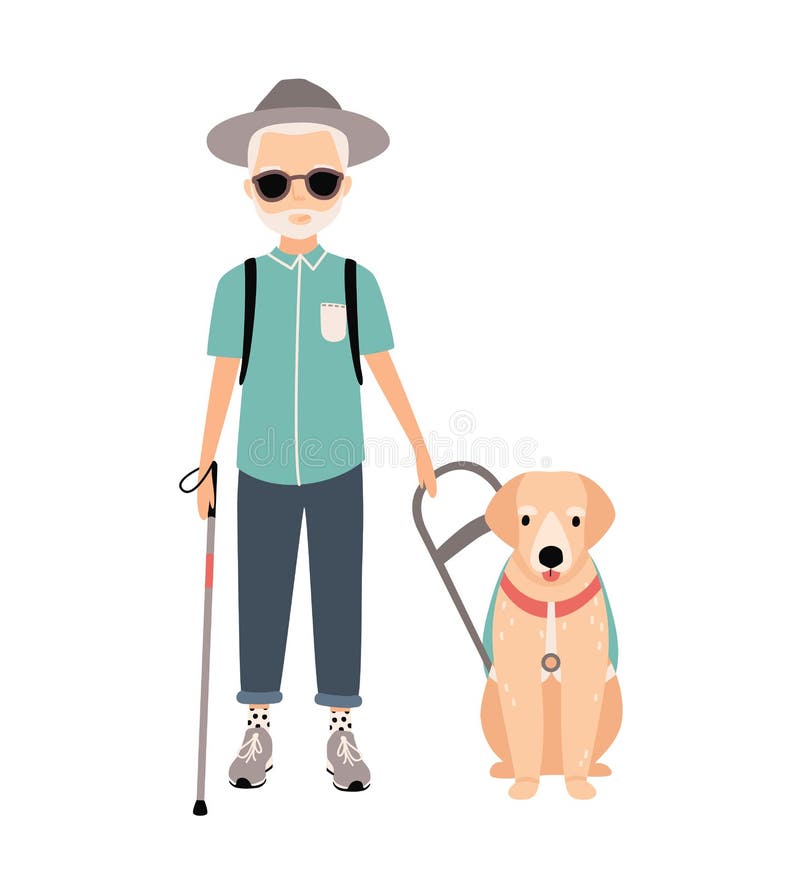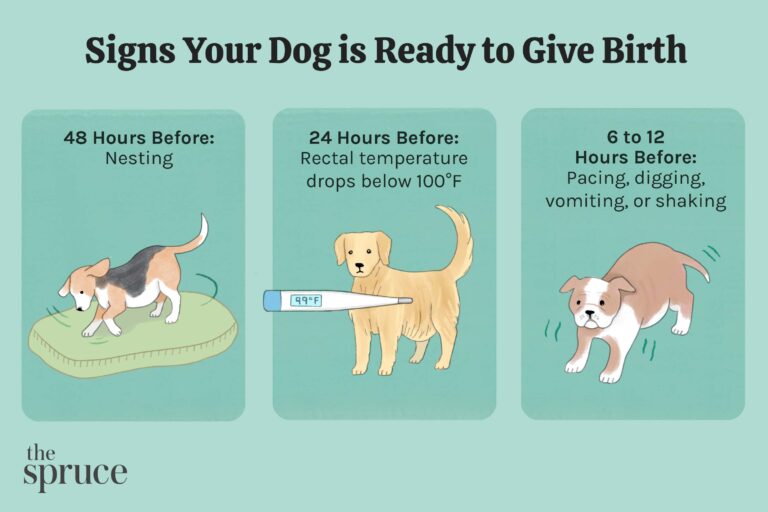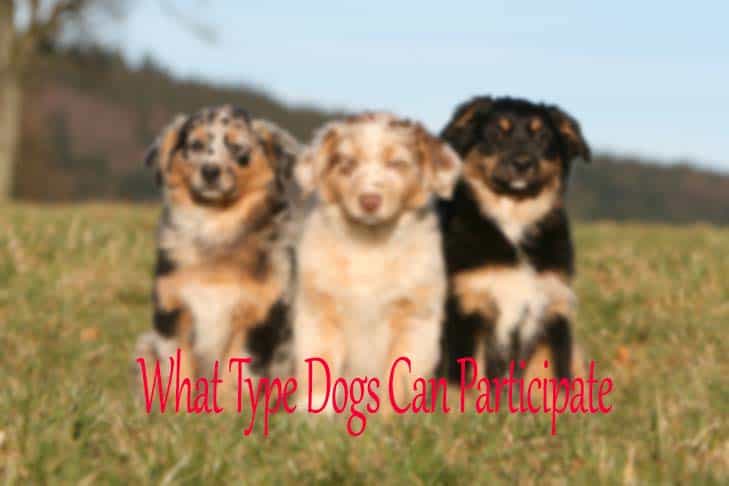Wondering when your furry friend might start showing signs of pregnancy? Understanding the canine maternity timeline can help you prepare and provide the best care for your expectant pooch. Dogs, like humans, go through distinct stages during pregnancy, and the signs can vary from subtle to more noticeable changes in behavior and physical appearance. Knowing when to expect these signs can help you recognize and support your dog during this crucial time. In this blog, we will delve into the intricacies of when a dog typically starts showing signs of pregnancy, shedding light on this fascinating journey of canine maternity.
Understanding Canine Pregnancy
During a dog’s pregnancy, there are several key stages that can help identify when a dog starts showing signs of pregnancy. Typically, gestation in dogs **can last between 58 to 68 days**, with most dogs giving birth around day 63. It’s essential to be aware of the different stages in the canine maternity timeline so that you can provide the necessary care and support to your pregnant dog.
Early Signs of Canine Pregnancy
One of the initial signs that a dog is pregnant is a change in their behavior. A pregnant dog may become more affectionate or display nesting behaviors as they prepare for the arrival of their puppies. Increased appetite is also common during the early stages of pregnancy.
Physical Changes During Pregnancy
As the pregnancy progresses, you may start noticing physical changes in your dog. These can include swollen nipples and a slight weight gain**. It’s important to monitor these changes carefully to ensure the health and well-being of the mother-to-be.
Ultrasound Confirmation and Vet Visits
For a definitive confirmation of pregnancy, an ultrasound can be performed by your veterinarian. Regular veterinary check-ups throughout the pregnancy are crucial to monitor the health of the pregnant dog and her developing puppies. Your vet can also provide valuable guidance on nutrition and care during this time.

Early Signs of Dog Pregnancy
As a dog parent, it’s essential to recognize the early signs that your furry friend may be expecting. Recognizing the symptoms of pregnancy in your dog can ensure the well-being of both the mother and her puppies. Generally, a dog may start showing signs of pregnancy around 3-4 weeks after conception.
Changes in Behavior
During the early stages of pregnancy, your dog’s behavior may undergo subtle changes. Some dogs may become more affectionate while others may exhibit signs of lethargy or increased appetite.
Physical Signs
Physically, you may notice swollen nipples and a slight weight gain. A visit to the veterinarian for confirmation can help you prepare for the upcoming litter.
Mid-stage Pregnancy Symptoms in Dogs
During the mid-stage of pregnancy in dogs, which typically falls between weeks 4 to 6, several noticeable symptoms start to manifest as the developing fetuses grow and the mother’s body adapts to the pregnancy.
Increased Appetite and Weight Gain
Dogs may exhibit increased appetite during this period due to the growing demand of the developing fetuses. This often results in noticeable weight gain.
Changes in Behavior
Some dogs may display changes in their behavior, becoming more affectionate or seeking more comfort from their owners.
- Restlessness or nesting behaviors
- Seeking seclusion or increased attachment

Late-stage Pregnancy Indications
As a dog reaches the late stages of pregnancy, typically around 7 to 9 weeks from conception, there are physical and behavioral indications that become more prominent. These signs can vary among individual dogs but generally include:
Increased Abdominal Size
One of the most noticeable signs in late-stage pregnancy is the dog’s abdomen becoming significantly larger as the puppies continue to grow inside. This is when the pregnancy becomes more visually apparent, often resembling a round and swollen belly.
Behavioral Changes
Alongside physical changes, dogs may exhibit behavioral shifts such as increased nesting behavior, restlessness, or seeking more attention from their owners. Some dogs may also become more protective of their space.
- Increased Restlessness
- Heightened Nesting Instincts
- Seeking Reassurance from Owners

Preparing for the Arrival of Puppies
When your dog starts showing signs of pregnancy, it’s essential to prepare for the arrival of the puppies. Creating a comfortable and safe environment for both the mother and her puppies is crucial for their well-being and development.
Setting Up a Whelping Area
Designate a quiet and warm area in your home as the whelping area for the mother dog to give birth and nurse her puppies. Provide a whelping box with clean bedding and easy access for the mother.
Stocking Up on Supplies
Ensure you have all the necessary supplies ready, including puppy milk replacer, heating pad, digital thermometer, and clean towels. Stock up on puppy food, feeding bottles, and a baby scale to monitor the puppies’ weight.
Expert Advice on Dog Maternity Care
Understanding when does a dog start showing signs of pregnancy is crucial for their proper care and well-being throughout the gestation period. Here, we provide expert advice on dog maternity care based on the latest research and data.
Proper Nutrition
During pregnancy, it is essential to provide your dog with a well-balanced diet rich in necessary nutrients. Consult with your veterinarian to determine the best dietary plan for your pregnant dog.
Regular Veterinary Check-ups
To ensure the health of the mother and well-being of the puppies, schedule regular check-ups with your veterinarian. These visits are crucial for monitoring the pregnancy progress and addressing any potential concerns early on.
Exercise and Rest
While moderate exercise is beneficial, avoid strenuous activities. Provide your pregnant dog with ample rest to support proper growth and development of the puppies.
Frequently Asked Questions
- At what point do dogs start showing signs of pregnancy?
- Dogs start showing signs of pregnancy around 3-4 weeks after mating.
- What are some common signs of pregnancy in dogs?
- Common signs of pregnancy in dogs include increased appetite, weight gain, changes in behavior, and enlarged nipples.
- How long is the gestation period for dogs?
- The gestation period for dogs is approximately 63 days.
- Can a veterinarian confirm a dog’s pregnancy?
- Yes, a veterinarian can confirm a dog’s pregnancy through various methods such as ultrasound, physical examination, or blood tests.
- When can you feel puppies move in a pregnant dog?
- Puppies can usually be felt moving in a pregnant dog around 45-50 days into the pregnancy.
Key Takeaways on When Does a Dog Start Showing Signs of Pregnancy
Understanding when a dog starts showing signs of pregnancy is crucial for pet owners and breeders alike. As mentioned in the blog, these signs typically begin to appear around 3-4 weeks after conception. Keep an eye out for symptoms like changes in appetite, behavior, and physical appearance to detect early signs of pregnancy in your furry friend. Being aware of these signs allows for proper care and preparation for the upcoming litter.
Remember, consulting with a veterinarian is vital for accurate confirmation of pregnancy and guidance throughout the maternity journey. By being proactive and observant, you can ensure a smooth and healthy pregnancy for your beloved canine companion.



